The Blue Economy is emerging as one of the most promising global frameworks for addressing the intertwined challenges of environmental degradation, economic inequality, and climate change. At its core, the Blue Economy recognizes the ocean not only as a vital source of biodiversity and climate regulation, but also as a dynamic space for sustainable economic development. As noted by the World Bank, it is defined as the “sustainable use of ocean resources for economic growth, improved livelihoods and jobs while preserving the health of ocean ecosystems.”
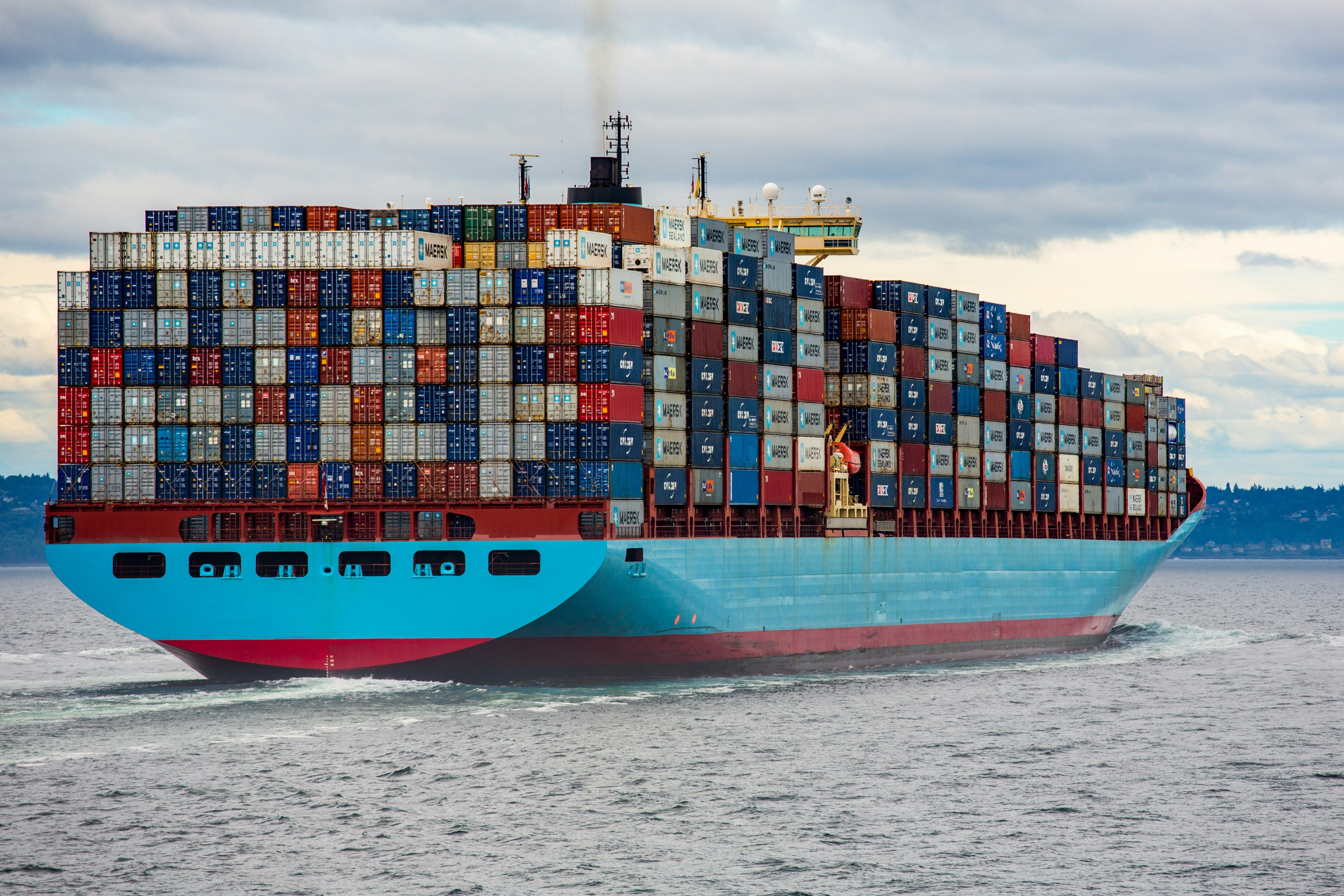
(Source: Ian Taylor_unsplash)
Oceans cover more than 70% of the Earth’s surface and account for 80% of the planet’s biodiversity. Yet they are increasingly under threat due to pollution, overfishing, habitat loss, and the impacts of global warming. The Blue Economy seeks to reverse this trend by rethinking our relationship with the sea. A report by the Organisation for Economic Co-operation and Development (OECD) estimates that the ocean economy could double in size by 2030, reaching a value of over $3 trillion if managed sustainably (OECD, 2016).
Oceans have the potential to become the foundation for a regenerative economic model that goes far beyond simple conservation. By harnessing their natural capacity for carbon storage, food supply, and biodiversity support, oceans can drive innovations in energy, materials, and medicine. For example, blue carbon ecosystems like mangroves, seagrasses, and salt marshes not only protect coastlines but also sequester carbon at rates far higher than terrestrial forests. According to the International Union for Conservation of Nature (IUCN), protecting and restoring these systems could offset up to 20% of the carbon dioxide needed to meet global climate targets.
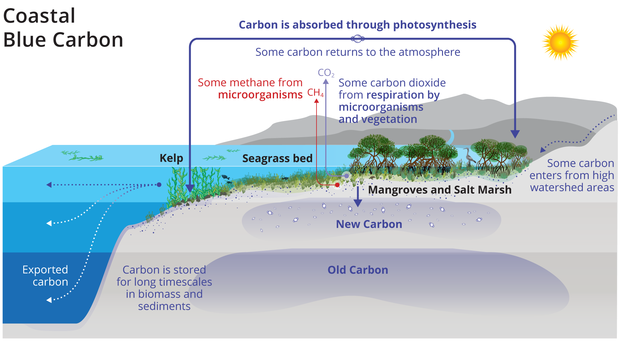
Blue Carbon (Source: climate.gov)
Examples of Blue Economy in action include Norway’s transition toward offshore wind energy, the Seychelles’ issuance of the world’s first Blue Bond to finance marine conservation, and Kenya’s mangrove restoration programs that support both livelihoods and carbon sequestration. Furthermore, the EU’s Blue Growth strategy and the UN’s Sustainable Development Goal 14 — “Life Below Water” — exemplify how global policy is aligning with the values of the Blue Economy.
Furthermore, a regenerative blue economy promotes cycles of renewal—not just extracting value from ocean systems, but investing in their capacity to heal, restore, and sustain. Circular aquaculture systems, for instance, reduce pollution while boosting fish yields. Marine spatial planning that integrates environmental, social, and economic objectives ensures that development does not compromise ecological integrity. These innovations show how ocean-centred development can regenerate rather than deplete natural systems, making the ocean a linchpin of future sustainability strategies.
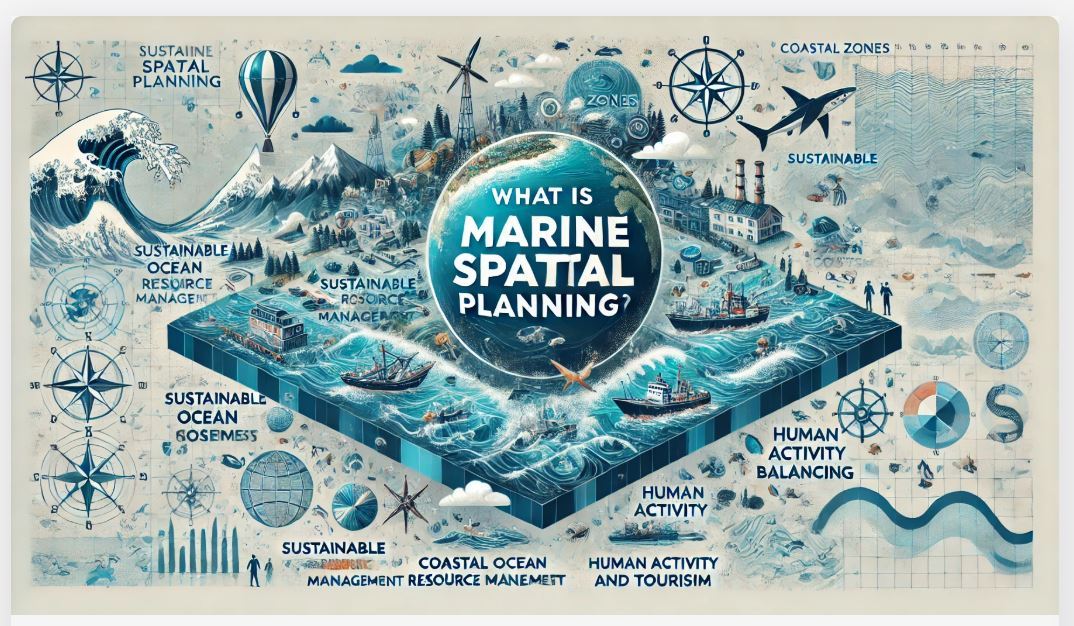
(Source: discoveringly.ca)
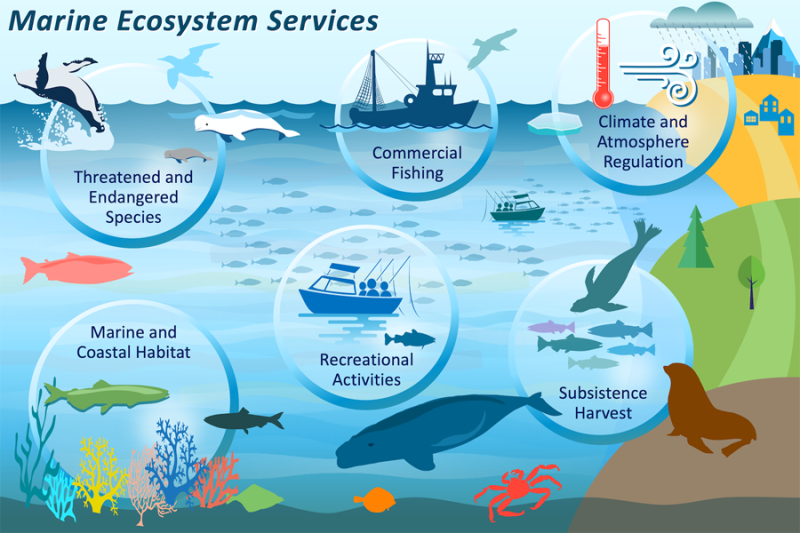
Marine Ecosystem Services (Source: fisheries.noaa.gov))
Experts increasingly agree that sustainable ocean economies will be critical to meeting the goals of the Paris Agreement. According to a 2020 High Level Panel for a Sustainable Ocean Economy report, investments in marine-based solutions could deliver one-fifth of the emission reductions needed by 2050.
In this article, we explore the foundational principles of the Blue Economy, its sectors, environmental benefits, design implications, and the challenges and innovations shaping its future.
What Is the Blue Economy?
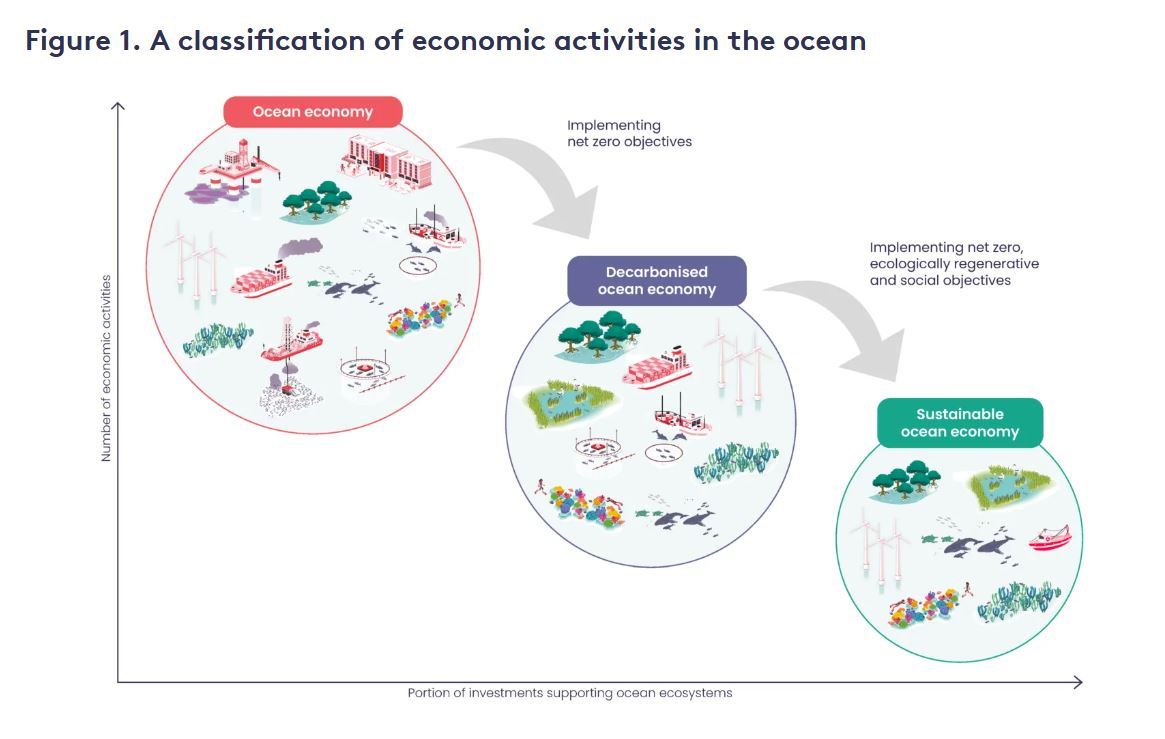
Source: Almeida and Reitmeier_lse.ac.uk
The Blue Economy refers to the sustainable use of ocean and coastal resources for economic growth, improved livelihoods, and ecosystem health. According to the World Bank, it is an economic system that “supports the well-being of people and the health of oceans by promoting responsible marine resource use, sustainable jobs, and biodiversity conservation.” The European Commission describes it as “all economic activities related to oceans, seas and coasts,” with a focus on low-carbon and resource-efficient approaches to growth.
The Blue Economy is built on four key principles:
-
Sustainability: Prioritizing ecological health in economic decisions, ensuring ocean resources regenerate naturally.
-
Inclusion: Supporting equitable participation and benefits for coastal communities, small island nations, and marginalized groups.
-
Resilience: Enhancing the ability of ocean systems and dependent communities to withstand climate, economic, and geopolitical shocks.
-
Innovation: Encouraging technological, policy, and design innovation to create smarter, cleaner, and more regenerative ocean-based industries.
The Blue Economy differs from the traditional marine economy in its systemic and ecological orientation. While the traditional model focused on extractive industries—like commercial fishing, offshore oil drilling, shipbuilding, maritime transport and mass tourism— without necessarily considering long-term ecological sustainability or social equity, the Blue Economy reframes these sectors through the lens of sustainability, regeneration, inclusive growth, health, and social value.
While it includes many of the same sectors as the traditional marine economy, it adds a critical filter: Is this activity environmentally sustainable, socially inclusive, and economically resilient?
For example, instead of conventional aquaculture that may pollute surrounding waters, circular aquaculture systems reuse waste as inputs and minimize ecological footprints. Instead of cruise tourism with heavy emissions, Blue Economy models promote low-impact, locally rooted eco-tourism.
A key distinction lies in how value is defined: where traditional models emphasize short-term financial return, the Blue Economy integrates environmental, social, and cultural metrics. It’s an economy that measures success not only by GDP but by ecosystem integrity, community well-being, and intergenerational equity.
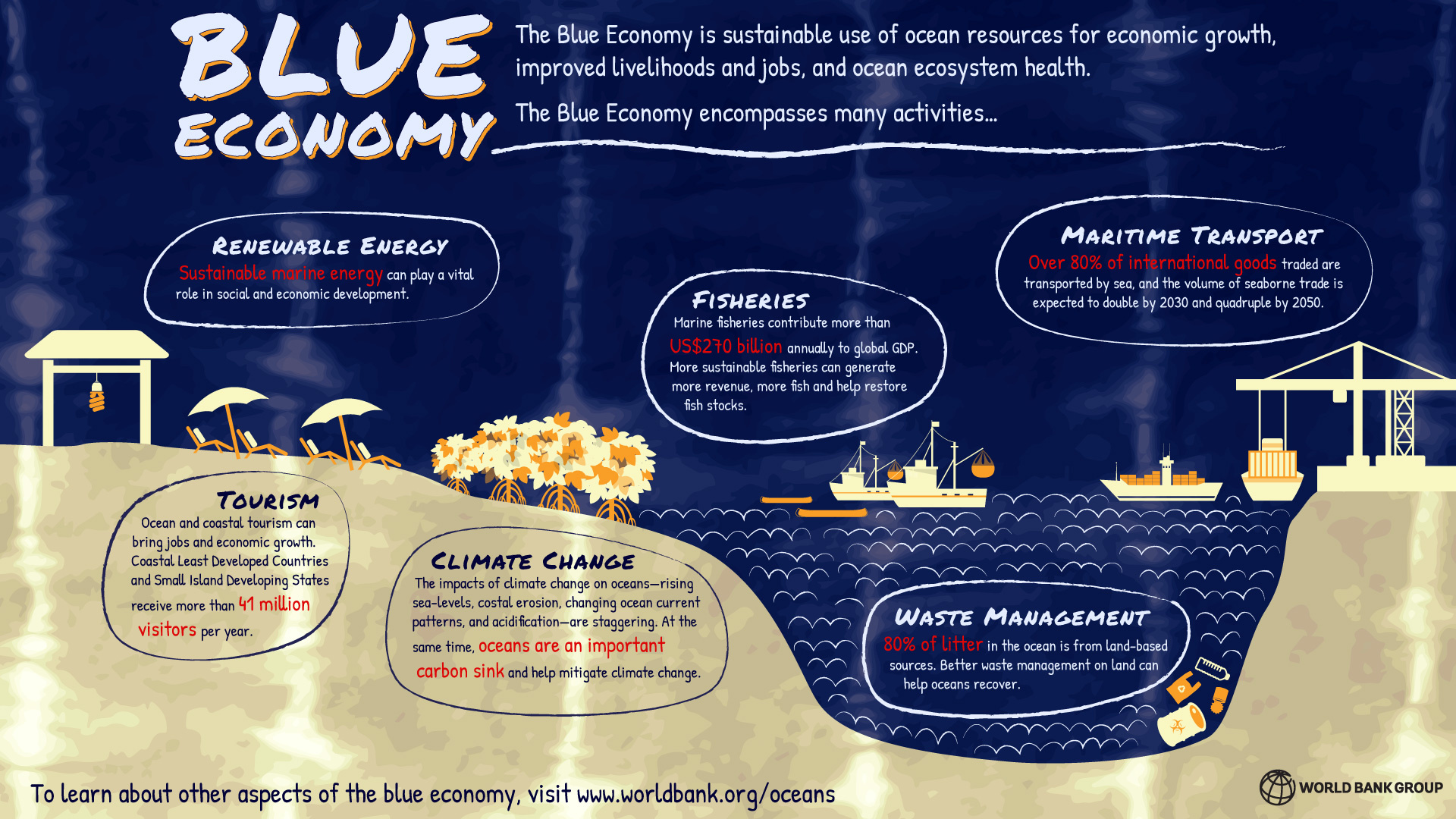
(Source: worldbank.org)
References:
-
World Bank (2017). The Potential of the Blue Economy. https://www.worldbank.org/en/news/infographic/2017/06/06/blue-economy
-
European Commission (2021). Blue Economy Report. https://oceans-and-fisheries.ec.europa.eu
-
Ellen MacArthur Foundation. (2019). Completing the Picture: How the Circular Economy Tackles Climate Change. Retrieved from https://ellenmacarthurfoundation.org






